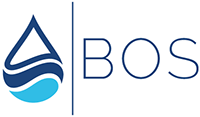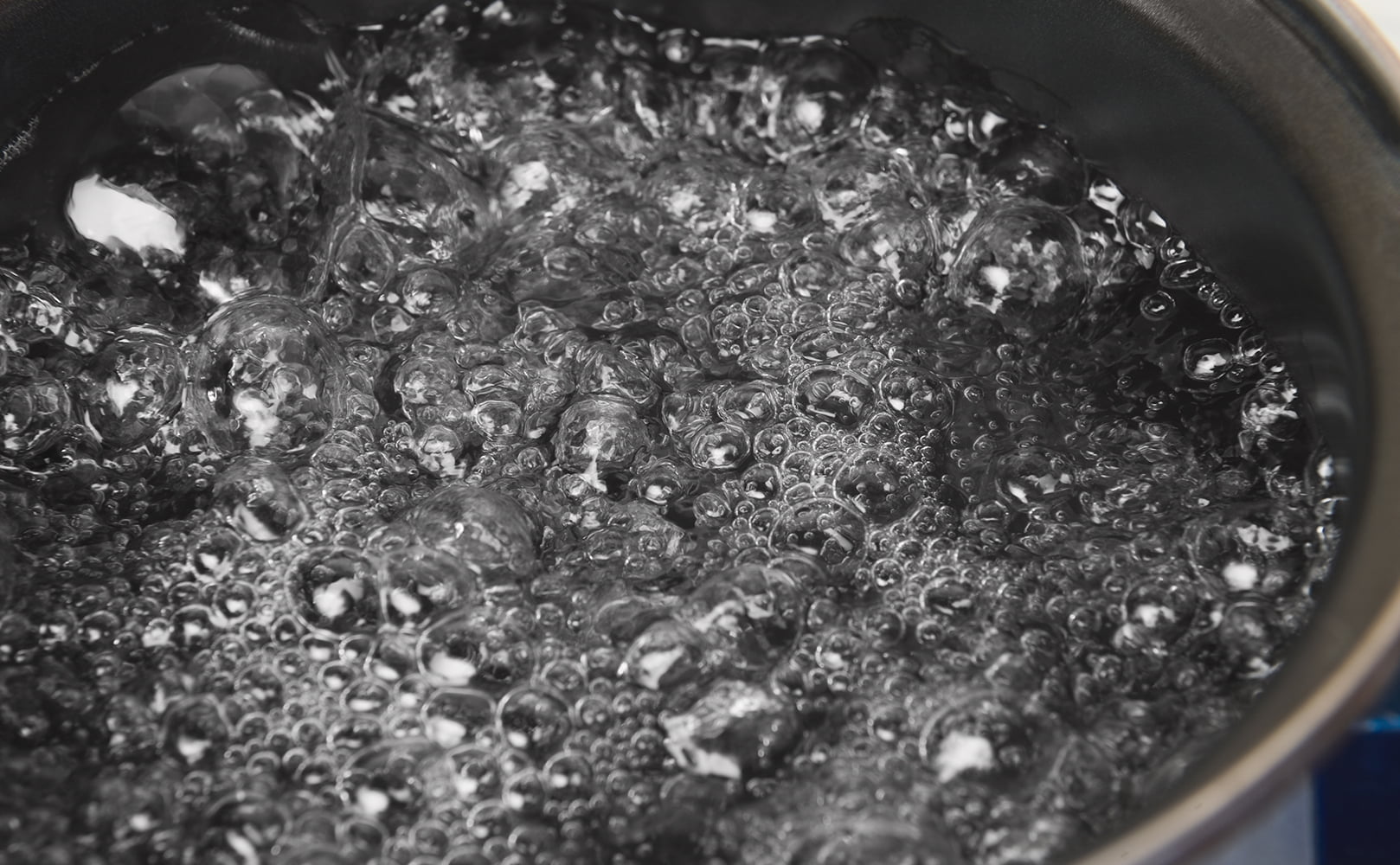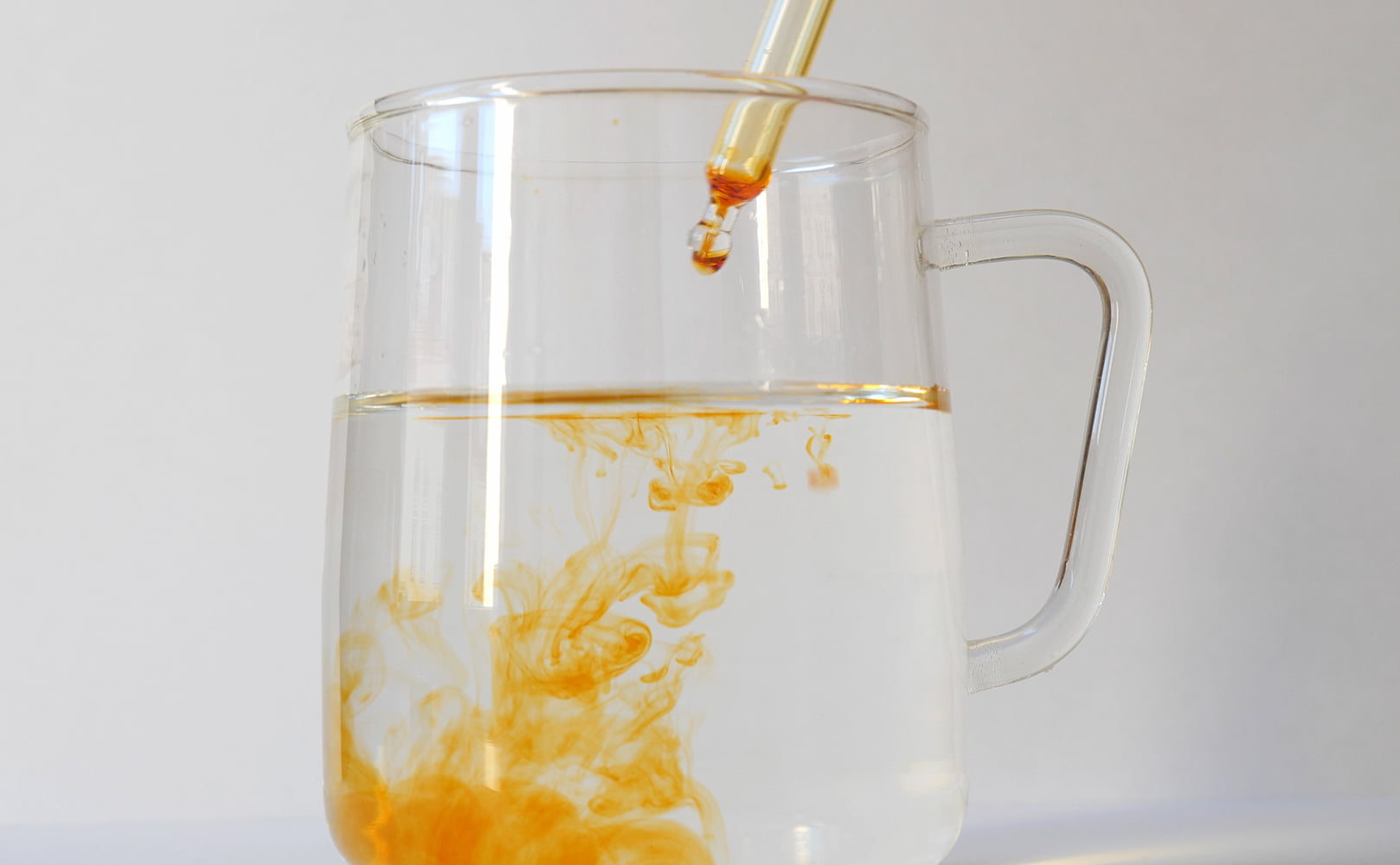Is Reverse Osmosis Water Safe During a Boil Water Advisory?
Written by: Alexandra Uta // Last Updated: Jan 26, 2023
This page may contain affiliate links. If you buy a product or service through such a link we earn a commission at no extra cost to you. Learn more.
A boil water advisory can be a scary thing.
Luckily, you have invested in a reverse osmosis water filtration system, so you should be just fine, right?
But is reverse osmosis water really safe to drink even during a boil water notice?
Let’s find out.
Key Takeaways
- Reverse osmosis water can be safe during a boil water advisory, but only under optimal circumstances.
- Your reverse osmosis system must be effective at removing the vast majority of waterborne pathogens, and the machine must have been appropriately maintained. If it is a low-quality system, the water may not be safe.
- In general, it is best to boil or disinfect your RO water during a boil water advisory.
Is Reverse Osmosis Water Safe During a Boil Water Advisory?
So, is reverse osmosis water safe during a boil water advisory? Yes and no.
Simply put, if you have any reason to believe your RO system may not be capable of effectively filtering contaminated water, don’t risk drinking it when there is a boil water advisory.
While a reverse osmosis system that is operating properly is capable of removing most disease-causing microorganisms, it may not remove all.
And if the unit is not appropriately maintained, it also may not work effectively.
Therefore, it is not advised to consume RO water during a boil water advisory, and instead you should drink boiled and cooled water or bottled water.
Boiling the water from the RO system is acceptable. After the advisory, all of the RO system filters should be replaced, and the storage tank disinfected.
By the way, UV-purified water is the safest water to drink during a boil water notice, as UV disinfection will eliminate any disease-causing germs. So, if you have a UV water purifier as a filtration step in your RO setup, it may be safe to drink if the UV is functioning correctly.
What Is a Boil Water Advisory/Notice?
A boil water advisory or boil order is a notice issued by water utilities or health agencies when there has been possible contamination of water lines. This can happen when there is a hurricane, flooding, chemical spills, water pipe breakage, or any other incident causing pathogens to end up in municipal water.
You should only drink boiled, bottled, or disinfected water until the advisory is lifted.
When/Why Boil Water Advisories Are Issued
The most common reasons why a boil advisory may be issued are:
- Loss of pressure in the distribution system
- Loss of disinfection
- Other unexpected water quality problems.
Conditions that may trigger a boil water notice include:
- Use of an unapproved or contaminated water source
- Inadequate disinfection of a water source
- Presence of Escherichia coli (E. coli) in treated water
- Presence of fecal indicators in raw groundwater
- Exceedance of the maximum contaminant level for total coliform
- Ongoing occurrence of low-level pathogens in finished water
- Disruption of water service that creates a potential for microbiological contamination, such as depressurization
- Cross-connection or backflow incidents
- Raw sewage spills or uncontrolled sewer overflows
- Excess turbidity exceedances in treated water
The reason for each specific advisory will be listed within the notification.
Types of Boil Water Notices
A boil water notice or advisory will come in a letter, e-mail, facsimile, or verbal communication followed by written confirmation.
Both are to inform the public of the need to take precautions with their municipal water supply for a duration of time.
What Contaminants Could Be Present in My Water?
The most common contaminants found in the water during a boil water advisory are:
- Bacteria like E. coli
- Cryptosporidium
- Giardia
- Viruses
Procedure: What to Do During a Boiling Water Advisory
Skip Your RO Water Unless You Know It’s Safe
If you have any reason to suspect your RO system isn’t functioning at its ultimate capacity, you will need to boil your water and cool it before drinking.
Also, not all RO systems are created equal, and some units available cannot be relied upon to remove pathogens effectively.
Boiling Water
Bring your water to a boil for a full minute, and then allow it to cool. The cooling alone can take 30 minutes, so boiling it well before you are thirsty will help to prevent burns. Store the water in clean, covered containers.
How Long to Boil?
Boil the water for a full rolling boil for at least one minute. If you are at an altitude higher than 6,500 ft, you need to boil for 3 minutes.
Water Disinfection
There are other ways to disinfect water if boiling it is not possible for you. These include UV disinfection if you still have electricity, iodine drops (5 drops of 2% iodine for every quart of water), iodine disinfection tablets, and chlorine tablets. These are available at pharmacies.
What to Do Once the Boil Water Advisory Has Been Lifted
There is a specific procedure to follow once a boil water advisory has been lifted. Each step must be followed in the correct order.
- Discard all water, food, and drink made with water and ice. This may include ice cubes, baby formula, soup, soda makers, and coffee makers with water storage.
- Flush all hot water taps from the top floor first, working your way down to the lower floors. Flush for at least 5 minutes.
- Flush all cold water taps for at least 5 minutes, including the fridge water dispenser.
- Flush all appliances, including hoses or fixtures not used for drinking water. Follow the manufacturer’s instructions for cleaning and sterilizing CPAP machines, humidifiers, and other medical devices.
- Replace all filters in any home water filtration system you have.
Other Important Things to Know
What to Do During a Power Outage
Suppose you cannot boil/UV-disinfect water due to a power outage and do not have iodine or chlorine disinfection agents available. In that case, you can use chlorine bleach that is suitable for disinfection. Add 8 drops of 6% bleach to a gallon of water, stir, and let it sit for 30 minutes. If you have 8.25% bleach, just use 6 drops.
Food Preparation/Cooking
Wash all your fruit and vegetables and cook food in boiled, disinfected, or bottled water only. Even if water will boil as part of your cooking process, it is still essential to pre-boil it before for at least a minute.
Baby Formula
Use bottled water for preparing baby formula. If you don’t have bottled water, use water that has been at a rolling boil for at least 2 minutes and cooled.
Brushing Teeth
Use boiled, disinfected, or bottled water to brush your teeth so that you don’t risk ingesting even a small amount of contaminated water.
Bathing
You can bathe and shower during a boil water advisory, providing you do not have any open wounds or cuts. Just be careful not to get any water in your mouth.
Shaving
Unless a “Do Not Use” notification has been issued, you can use municipal water to shave as long as you do not have open cuts or wounds.
Drinking Water for Pets
Use bottled, disinfected, or boiled water for your pets until the boil water advisory is lifted.
Washing Dishes
Hand wash dishes in a solution of one tablespoon of bleach in one gallon of hot soapy water. Rinse only with boiled or disinfected water and then allow to air dry completely.
A dishwasher that reaches 170° Fahrenheit and includes a complete dry cycle can be used as well.
Washing Clothes
Washing clothes is safe unless a “Do Not Use” notification has been issued.
But if the water is discolored, it may cause discoloration of clothing.
If you have any questions about boil water advisories and reverse osmosis please don’t hesitate to leave a comment below!
Information provided on BOS is for educational purposes only. The products and services we review may not be right for your individual circumstances.
We adhere to strict editorial guidelines. Rest assured, the opinions expressed have not been provided, reviewed, or otherwise endorsed by our partners – they are unbiased, independent, and the author’s alone. We fact-check all content for accuracy. It is accurate as of the date posted and to the best of our knowledge.



